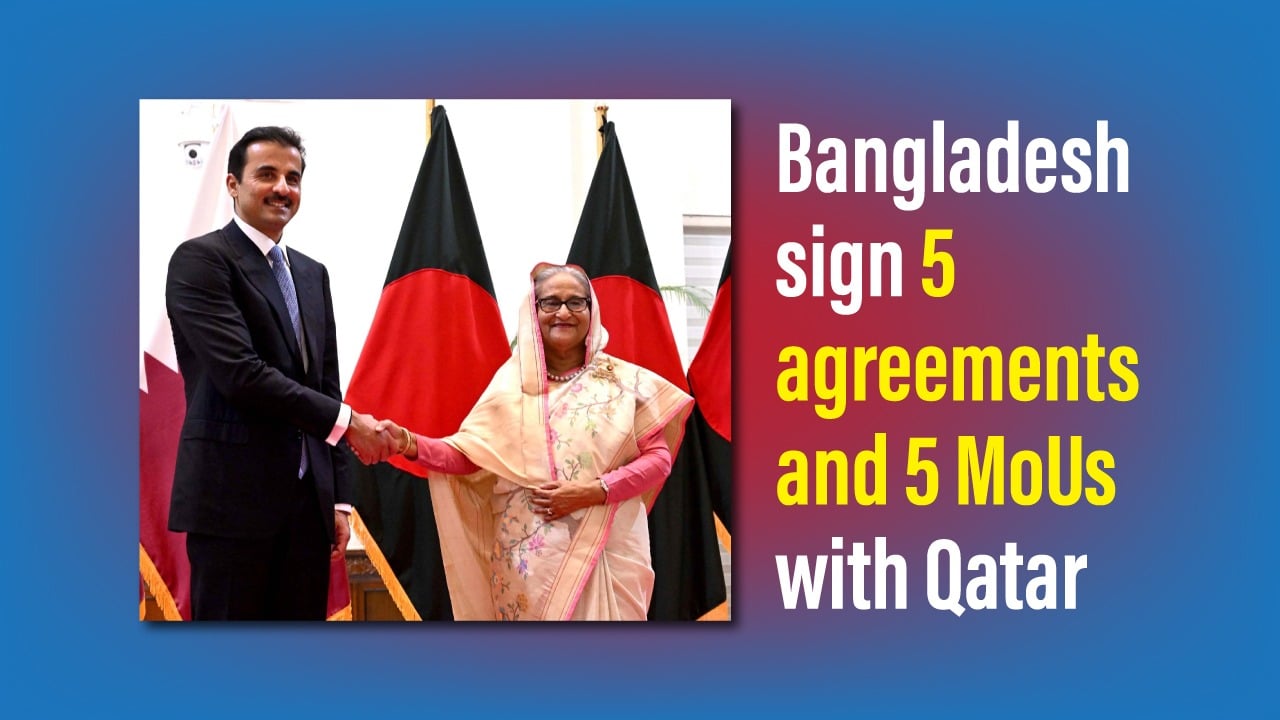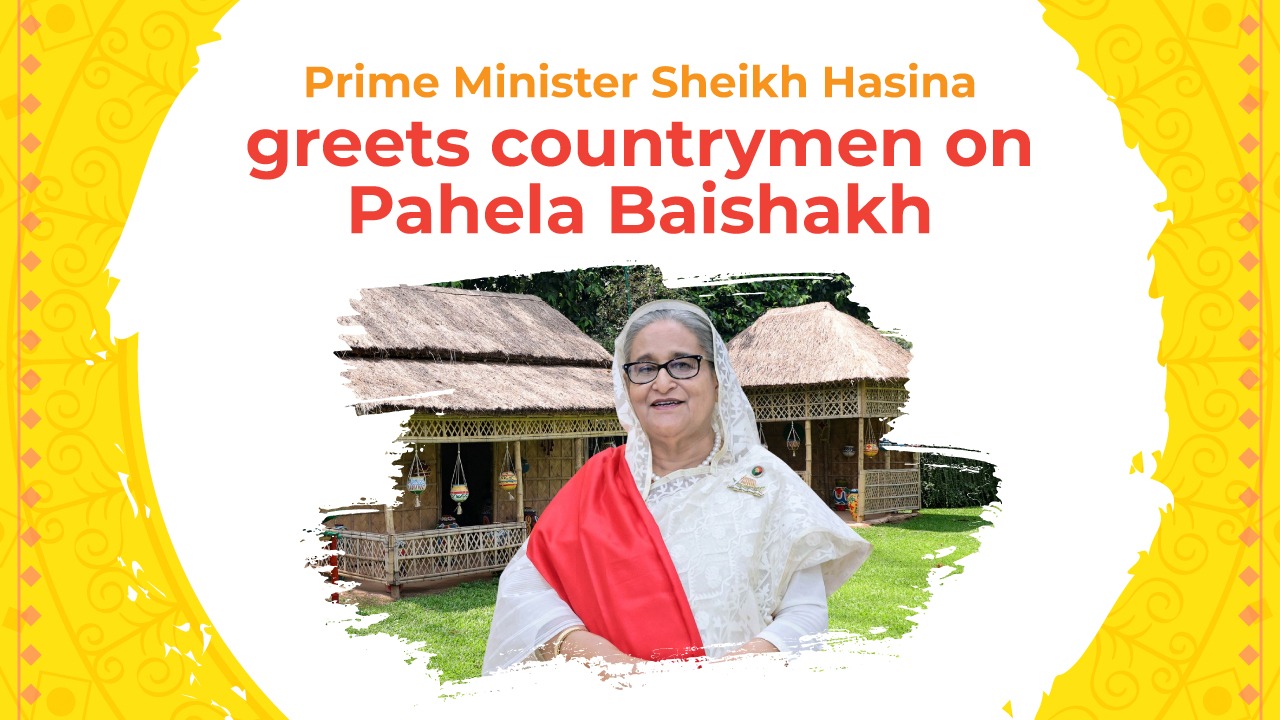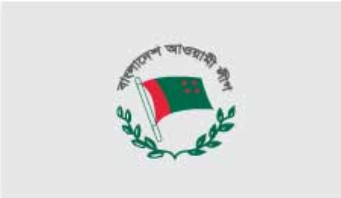10141
Published on November 21, 2021The assassination of Bangabandhu on August 15, 1975, was carried out in an attempt to foil the country’s independence. The conspirators drew a blueprint to make Bangladesh a failed state since the defeat of international and local collaborators in 1971. They operated the killing mission of the founder of Bangladesh and the liberator of the Bengali nation, Bangabandhu Sheikh Mujibur Rahman to revenge their defeat in the 1971 war.
Former army officer of Pakistan’s ISI, Ziaur Rahman and later his wife Khaleda Zia used to maintain good relations with the killers of Bangabandhu. Zia enacted the indemnity ordinance while his wife Khaleda Zia offered huge affections for them. Even she released the arrested killer from prison and gave the killers opportunities to launder crores of dollars in name of human resources.
Safeguard of the Killers of Bangabandhu: Zia-Ershad-Khaleda
After killing Bangabandhu and four national leaders, the then self-declared President Khondaker Mostaq Ahmad sent the killers abroad and 12 of them got the chair in the then parliament in accordance with Zia’s recommendation. Those, who were sent abroad, got a luxurious life in Libya. General Zia managed this by convincing Gaddafi. Rashid-Faruque gong operated and controlled the trade and business of Bangladesh from there. Later on, return to the country, they tried to make a mess in the army. Though Zia killed several thousand innocent soldiers and officers, he sent Faruque and Rashid abroad safely again.
After Ziaur Rahman, HM Ershad seized state power. He was also favourable to the killers of Bangabandhu. During this period, Rashid-Faroque, the killers of Bangabandhu formed Freedom Party and created anarchy across the country to suppress the anti-autocratic movement led by Awami League. They even swooped on Sheikh Hasina in an assassination attempt at Dhanmondi 32.
Then, Khaleda Zia came to the power and the killers also got a shade from her. They did business trade thoroughly during her tenure. They also planned to open a bank on their own fund but it did not happen as the government expired.
Major Dalim, expelled after the murder of Bangabandhu, was re-employed in foreign ministry by Zia. But he fled his workplace for a failed coup attempt in 1980. But the then autocratic ruler General Zia brought him back to the Bangladesh army. Ershad also re-employed Dalim with the promotion in the foreign ministry.
Khandaker Abdur Rashid, another killer of Bangabandhu, found a shelter along with Faruque in Libya in 1975. After 1991, they came back to Bangladesh and made huge money in the patronage of Khaleda Zia. In the 1996 election, Rashid tried to be MP from Cumilla but people boycotted the election. When Awami League formed the government in June 1996, he fled the country. In 2009, police arrested Mehnaz Rashid, daughter of Rashid, and Swapon, younger brother of killer Dalim, for their attempts to kill some close relatives of Bangabandhu and Sheikh Hasina.
Rashid’s daughter Mehnaz Rashid admitted that Zia protected and supported their family too. He gifted Rashid’s family a duplex house at Gulshan in Dhaka. Zia kept a good relationship with them and ensured their safety. In 1975, Sultan Shahriar Rashid, another killer of Bangabandhu, was sent to Indonesia as the second secretary of the Bangladesh government. In 1996, he was dissolved from the Bangladesh government post and deported to the country to face justice.
Bazlul Huda, another killer of Bangabandhu, was recruited in the foreign ministry and sent to Pakistan. He worked as a diplomat in Islamabad and Zedda for the whole period of Zia. In 1988, autocratic ruler Ershad made Huda an MP from Meherpur. He always got shelter in Khaleda Zia’s period too since 1991. He used to beastly propagate that the trial of the Bangabandhu killing would not be held in Bangladesh. Later sensing Awami League’s victory in the 1996 election, he fled to Thailand where he was arrested on the charge of theft and sent back to the country.
Aziz Pasha, another killer of Bangabandhu, was patronized by Zia and appointed in Argentina, Kenya and Italy. In 1991, he worked as the high commissioner in Zimbabwe. He was dismissed in 1996. He died in Zimbabwe in 2001. But BNP-Jamaat government revived his status and recognized him as a retired officer even after his death.
Zia also posted Rashed Chowdhury in Saudi Arabia where he continued during the Ershad regime. Then Khaleda Zia appointed him as a political counsellor in Japan. He was repulsed in 1996 at the time of the Awami League government.
Killer Khairuzzaman was employed in the foreign ministry in Egypt. Then he was promoted to High Commissioner in Malaysia. When he worked as ambassador in the Philippines, he was expelled from the Bangladesh government in 1996. He was re-employed in the Zia government in 2001 and posted in Myanmar as ambassador. Thus, Zia, Ershad and Khaleda made safe shelters for the killers of Bangabandhu.
BNP-Jamaat left no stone unturned to halt the Bangabandhu murder case
Supported and encouraged by army Chief Major Ziaur Rahman, Khondaker Mostaq announced an indemnity ordinance to halt the trial of the Bangabandhu murder case. The Zia enacted the ordinance to stop all ways for the trial permanently. His wife Khaleda Zia also regularly patronised the killers in the latter days with each and every means. They even made several attempts to kill Bangabandhu’s daughter Sheikh Hasina. The BNP-Jamaat alliance, led by Khaleda Zia even released the killers and awarded them in a shameful manner.
On November 7 in 1975, Zia grabbed the central power of the country and later in 1977 he declared himself the country’s president. As president, his first action was to protect the killers of August 15. He sent some of them to different countries and kept some in parliament. In 1979, he arranged an election to legalize his government. By legislating indemnity law, Zia decriminalized the killings of August 15 and November 3 of 1975. Zia also led the attempt to uproot the contributions of Bangabandhu in the history of Bangladesh.
In the 21 years of autocratic rulers since the Bangabandhu assassination, all-out efforts were made to wipe out the spirit of the Liberation War. They distorted the history of the Liberation War. The rule of law was obliterated. In 1981, Sheikh Hasina, the daughter of Bangabandhu came back to Bangladesh with life risk. With huge public support, she came to the power through the 1996 general elections. After forming the government, she abolished the indemnity act and took steps to the trial of the convicts of August 15 and November 3.
When BNP formed the government in 2001, they halted the trial process. Even the BNP government re-employed the criminals, who were dismissed by the Awami League government.
However, with the manifesto to complete the trial of Bangabandhu murder and war crimes, the Awami League government came to power in 2009. The trial proceedings, stopped by BNP in 2001, were re-initiated by the Awami League government. Five of the killers have been executed in 2009, one of them died abroad and four of them are still fleeing abroad. The government have been sincerely working to bring them back and ensure justice.














